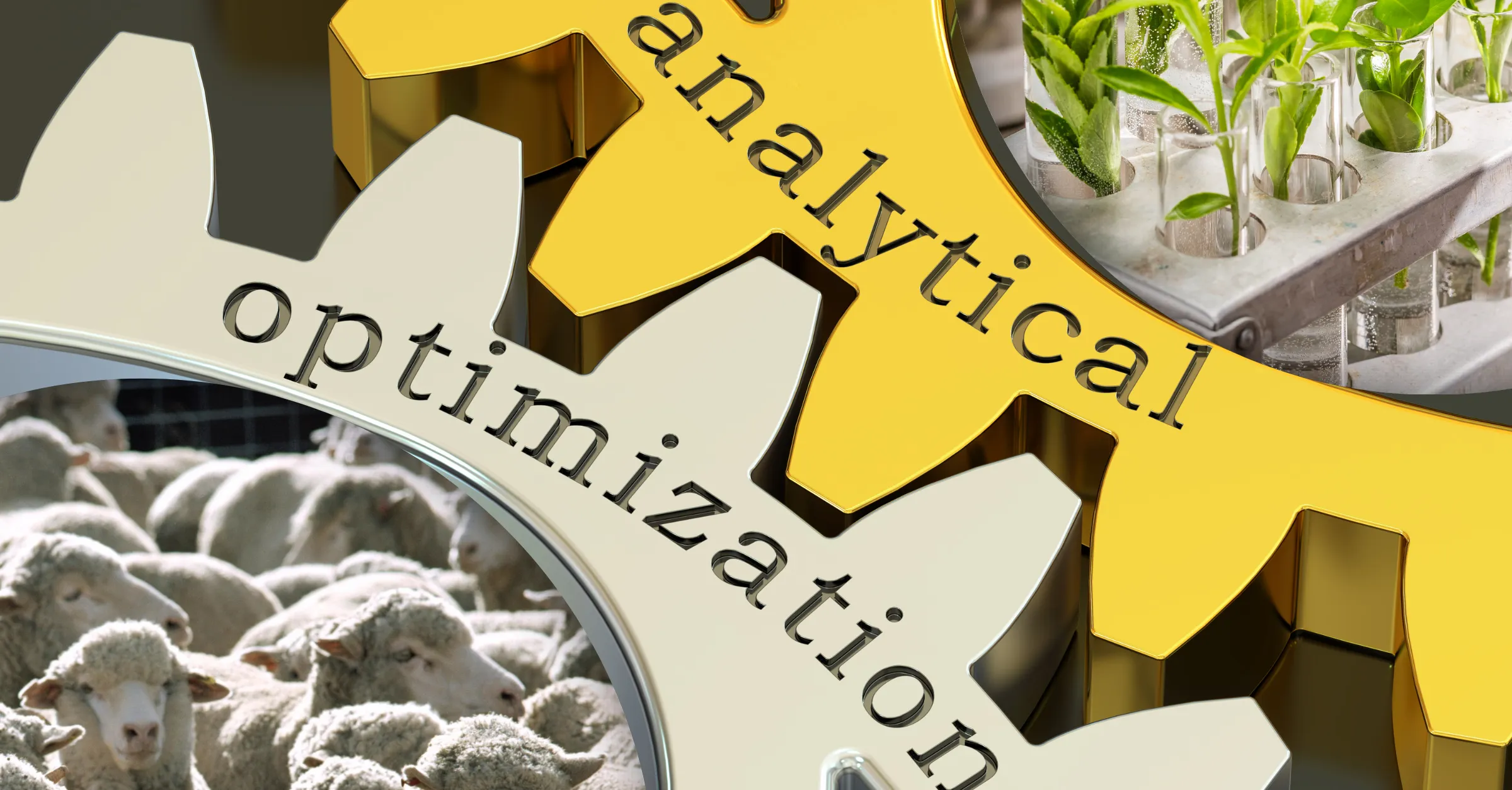Still not optimising your breeding program with genomic prediction?
The VSNi Team
10 April 2024
Genomic prediction is a powerful statistical technique that uses genetic markers, typically single nucleotide polymorphisms (SNPs), to predict the genetic merit or breeding value of an individual. By analysing the relationship between an individual's genotype and its observed phenotype, genomic prediction models can estimate the additive genetic effects associated with different regions of the genome. This information can then be used to predict the genetic potential of animals or plants that have not yet been phenotyped, enabling more accurate selection decisions in breeding programmes.
Benefits of Genomic Prediction
- Increased Accuracy: Genomic prediction can significantly improve the accuracy of breeding value estimates compared to traditional pedigree-based methods, especially for traits that are difficult or expensive to measure, or for young animals with limited performance data.
- Faster Genetic Gain: By enabling more accurate selection, genomic prediction can accelerate the rate of genetic improvement in a breeding programme, leading to faster progress towards desired breeding goals.
- Expanded Selection Candidates: Genomic prediction allows breeders to evaluate a larger pool of potential parents, including animals with no phenotypic records, thereby increasing the selection intensity and genetic diversity within the breeding population.
- Reduced Generation Interval: Genomic prediction facilitates earlier selection decisions, as animals can be evaluated based on their genomic information alone, without the need to wait for their own or their offspring's phenotypic performance.
Drawbacks of Genomic Prediction
- Genomic prediction requires significant upfront investments in genotyping infrastructure, data management systems, and specialised analytical expertise.
- Changing population structure, management practices, or environmental conditions can affect the stability of marker effects, which can affect the accuracy of genomic prediction models.
- Genomic prediction relies on large, well-characterised reference populations with genotypic and phenotypic data for success. Such populations can be labor- and resource-intensive, especially for species with long generation intervals.
- Interpreting the complex relationships between genotypes and phenotypes can be challenging, and requires a deep understanding of quantitative genetics and bioinformatics.
Why Pedigree-Based Approaches Still Matter
While genomic prediction offers many advantages, pedigree-based selection methods remain an important component of modern breeding programmes. Pedigree information can provide valuable insights into the underlying genetic relationships and inheritance patterns within a population, which can complement the predictive power of genomic models.
Moreover, for some traits or species, pedigree-based approaches may still outperform genomic prediction, especially when the underlying genetic architecture is simple or the reference population is limited in size or diversity.
Embracing the Power of Genomic Prediction
Despite the potential drawbacks, the promise of genomic prediction is undeniable. By leveraging the power of high-throughput genotyping and advanced statistical models, breeders can make more informed decisions, accelerate genetic progress, and unlock new opportunities for genetic improvement.
At VSNi, we offer comprehensive consultancy services to help you transition to a genomic prediction-based breeding programme. Our team of experts can guide you through the entire process, from data management and model development to implementation and ongoing optimisation. Contact us today to learn how we can help you harness the full potential of genomic prediction and stay ahead of the competition.
Popular
Related Reads
